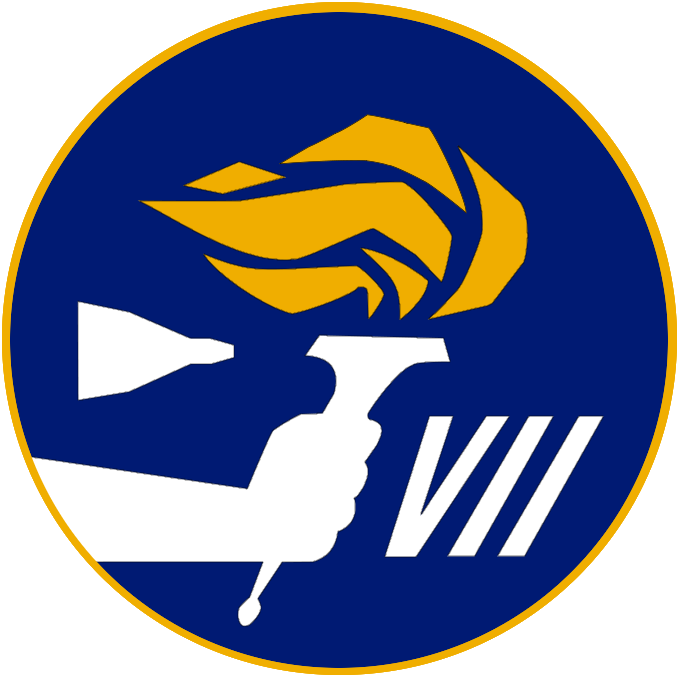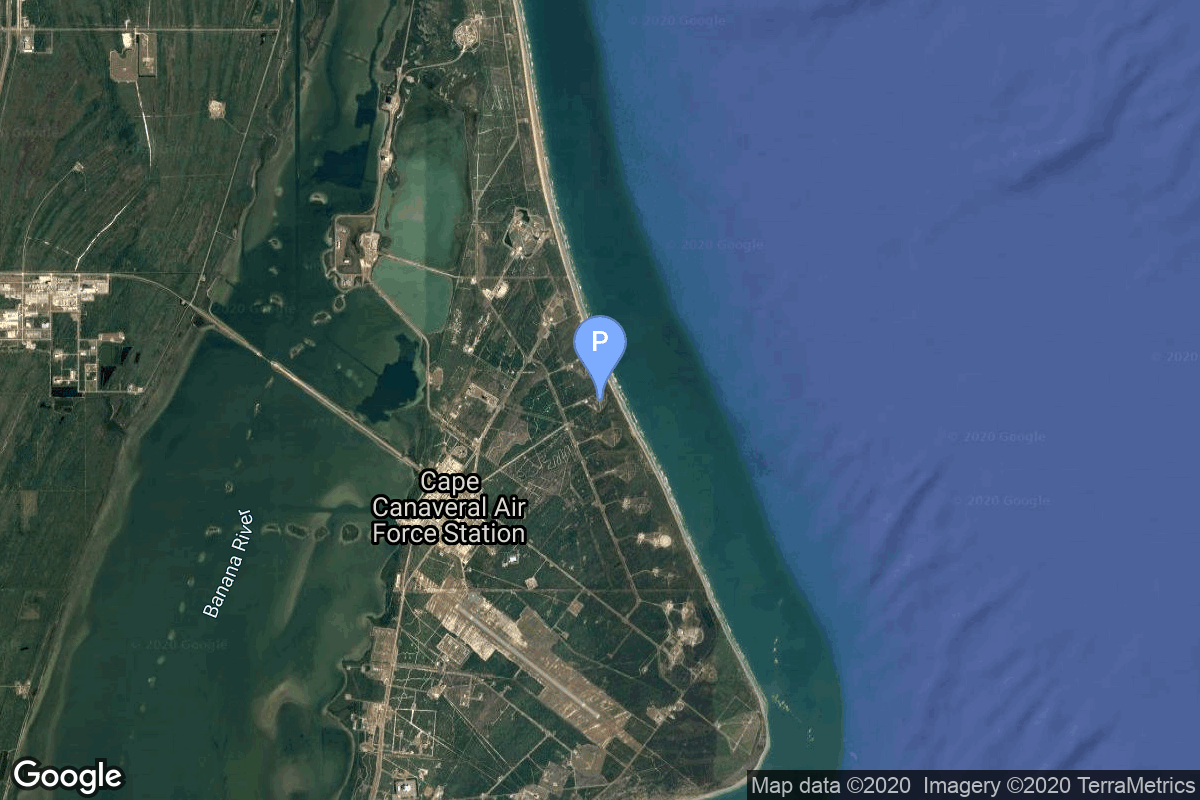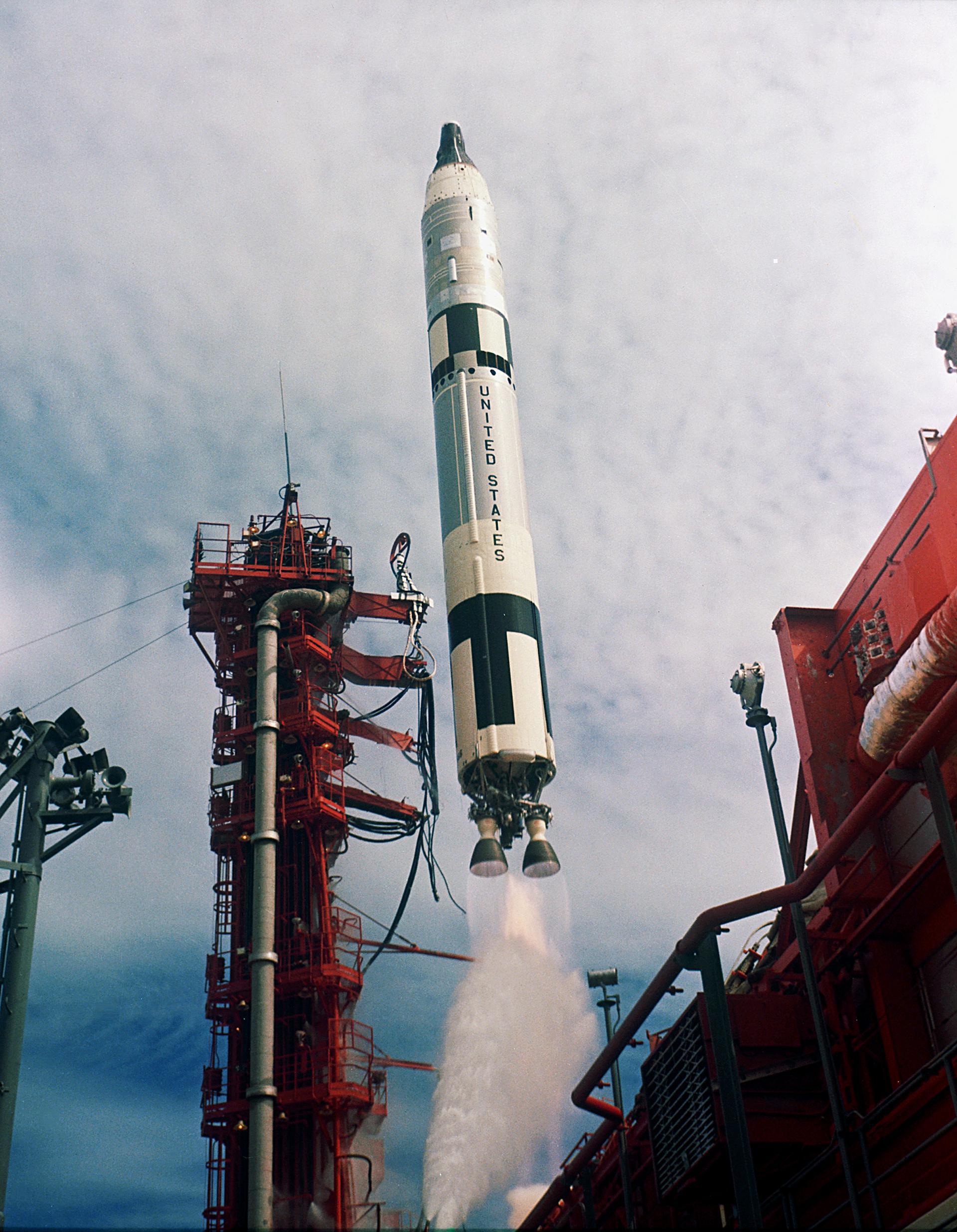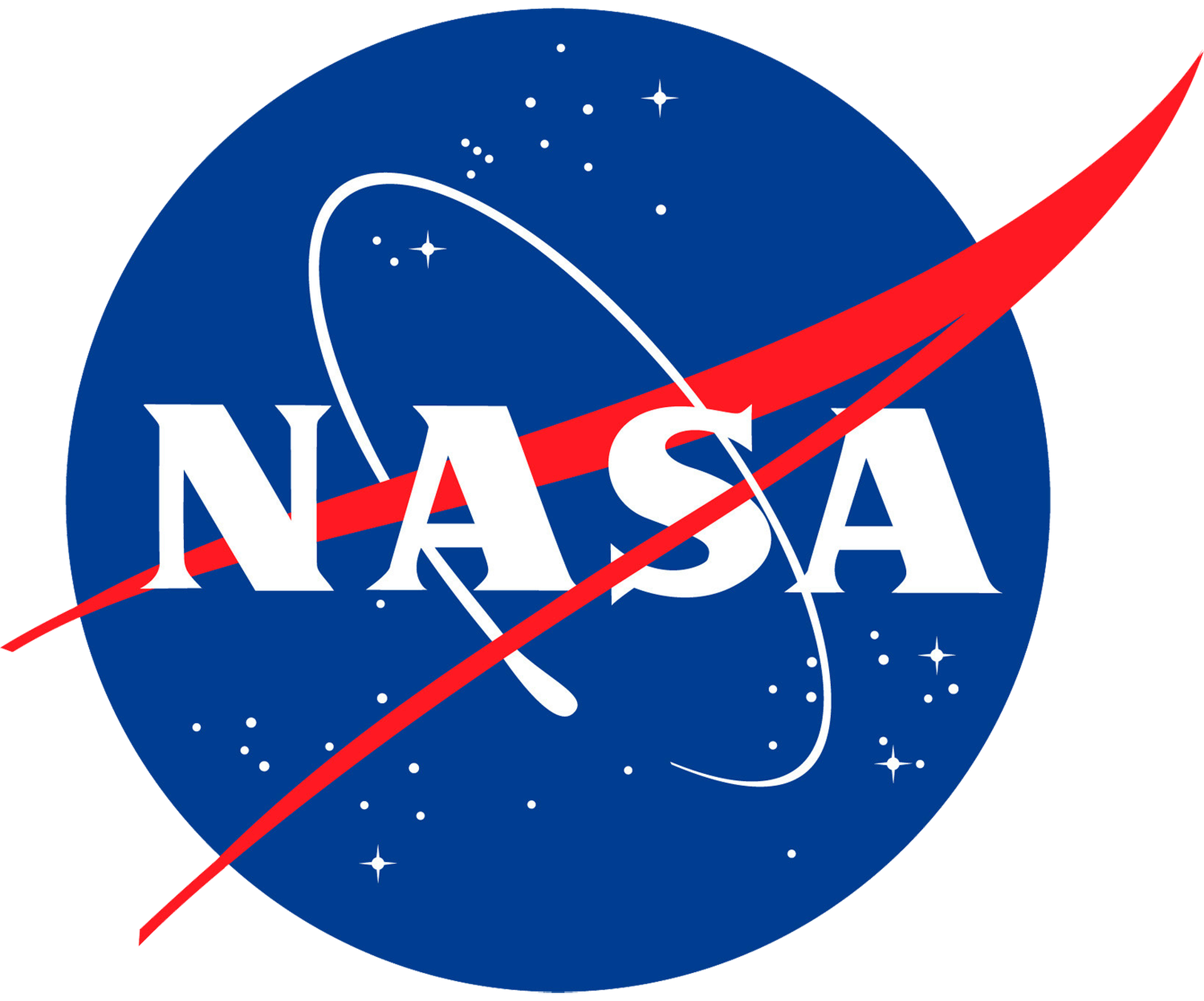Gemini VII
Titan II GLV
National Aeronautics and Space Administration
Crew
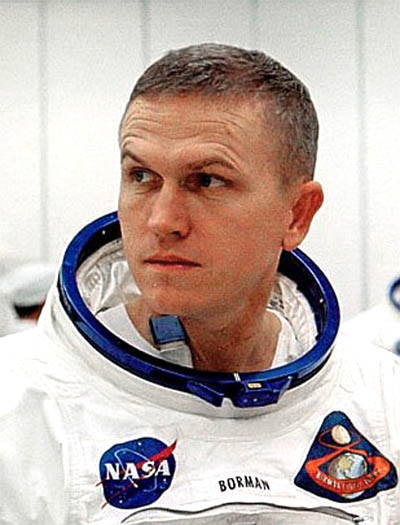
Frank Borman
- Birthday: 03/14/1928
- Role: Command Pilot
- Nationality: American
- First Flight: 12/04/1965
- Last Flight: 12/21/1968
Frank Frederick Borman II was a United States Air Force pilot, aeronautical engineer, test pilot, and NASA astronaut, best remembered as the Commander of Apollo 8, the first mission to fly around the Moon, making him, along with crew mates Jim Lovell and Bill Anders, the first of only 24 humans to do so. Before flying on Apollo, he set a fourteen-day spaceflight endurance record on Gemini 7, and also served on the NASA review board which investigated the Apollo 1 fire. After leaving NASA, he was the Chief Executive Officer (CEO) of Eastern Air Lines from 1975 to 1986. Borman is a recipient of the Congressional Space Medal of Honor.
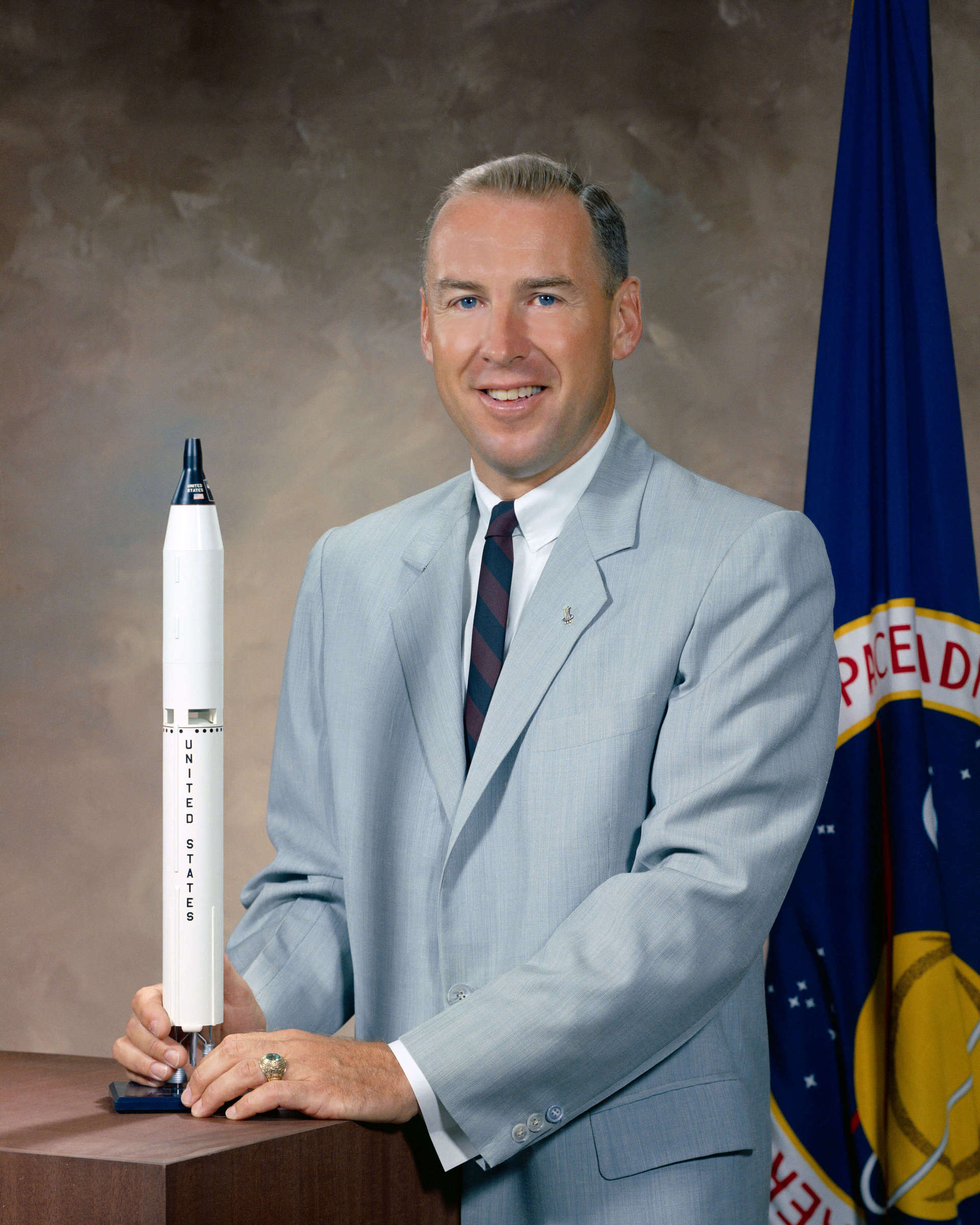
Jim Lovell
- Birthday: 03/25/1928
- Role: Pilot
- Nationality: American
- First Flight: 12/04/1965
- Last Flight: 04/11/1970
James Arthur Lovell Jr. is a former NASA astronaut, Naval Aviator, and retired Navy captain. Lovell is known for being the commander of the ill-fated Apollo 13 mission, which suffered a critical failure en route to the Moon but was brought back safely to Earth through the efforts of the crew and mission control. In addition to being part of the Apollo 13 crew, Lovell was the command module pilot of Apollo 8, the first Apollo mission to enter lunar orbit.
Mission
Gemini VII (Gemini 7)
- Type: Human Exploration
- Orbit: Low Earth Orbit
Gemini 7 was the fourth crewed mission of the NASA’s Project Gemini. The mission was commanded by Command Pilor Frank F. Borman, II and Pilot James A. Lovell, Jr. The crew spent nearly 14 days in space, and their spacecraft was the passive target for the first crewed space rendezvous performed by Gemini 6A. The mission began on December 4, 1965, 19:30:03 UTC and ended on December 18, 1965, 14:05:04 UTC.
Location
Rocket
National Aeronautics and Space Administration Titan II GLV
The Titan II GLV (Gemini Launch Vehicle) or Gemini-Titan II was an American expendable launch system derived from the Titan II missile, which was used to launch twelve Gemini missions for NASA between 1964 and 1966. Two unmanned launches followed by ten manned ones were conducted from Launch Complex 19 at the Cape Canaveral Air Force Station, starting with Gemini 1 on April 8, 1964.
Agency
National Aeronautics and Space Administration
The National Aeronautics and Space Administration is an independent agency of the executive branch of the United States federal government responsible for the civilian space program, as well as aeronautics and aerospace research. NASA have many launch facilities but most are inactive. The most commonly used pad will be LC-39B at Kennedy Space Center in Florida.
